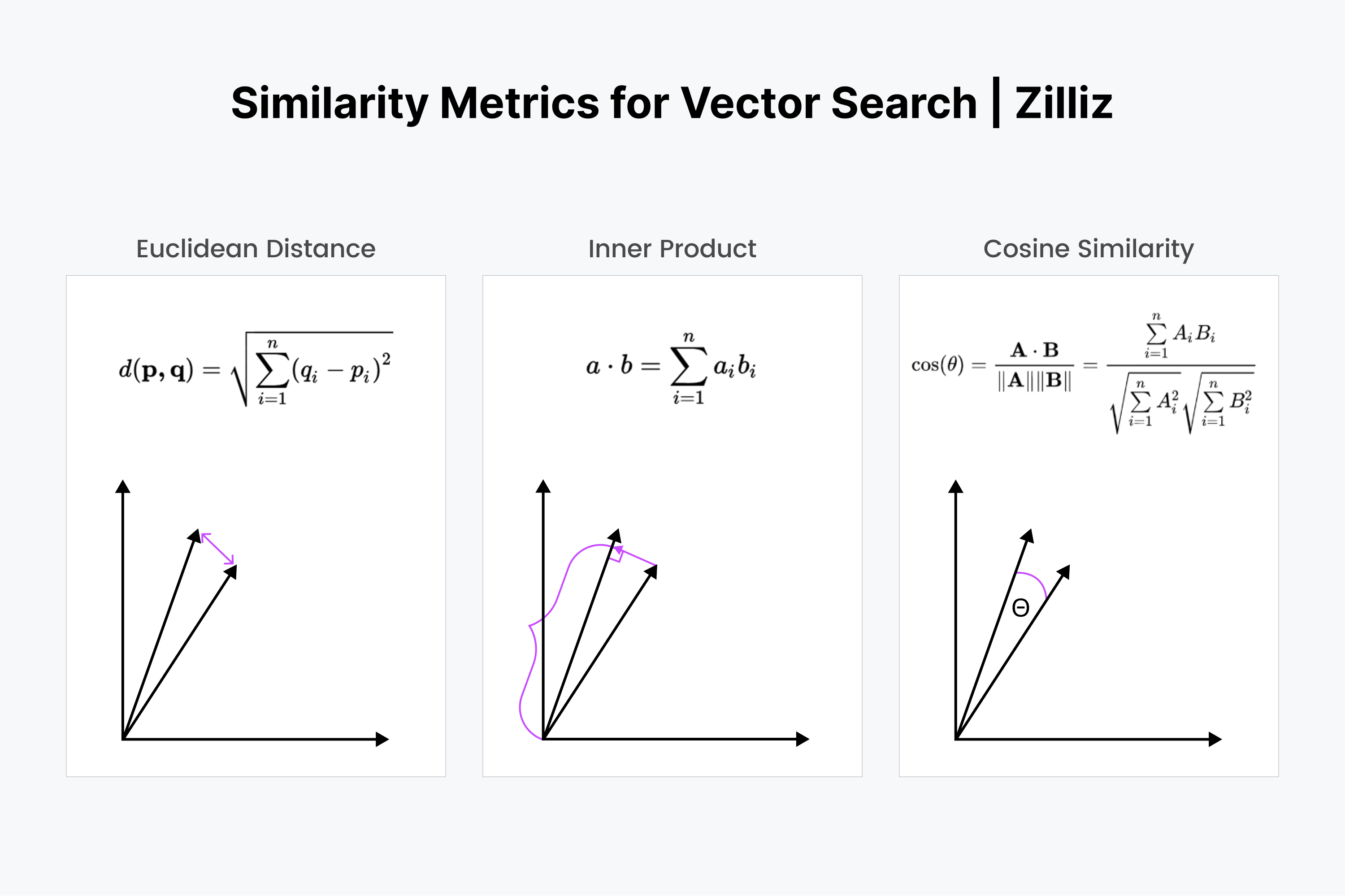Leveraging Large Language Models for Comprehensive Literature Analysis
This research project aims to address a significant limitation in existing large language model (LLM)-based artificial intelligence systems: their inability to accurately generate literature reviews with precise citations. Despite their ability to mimic complex patterns of human language and knowledge, AI models often struggle to reference specific sources, resulting in inaccurately "hallucinated" citations. Our system tackles this issue by focusing on a comprehensive 20-year, 5844-document corpus published by the RAND Corporation.
Methodology
We have developed a multi-step process to overcome this limitation. This process involves extracting text from the corpus documents, segmenting the text into overlapping chunks, generating LLM embeddings for each chunk, and storing these embeddings in a vector database. User queries trigger the generation of corresponding embeddings, facilitating a cosine similarity-based retrieval of the most semantically relevant corpus excerpts along with their associated metadata. The retrieved text and metadata are then summarized and transformed into a comprehensive literature review using the OpenAI API.
Results
Initial results show that this methodology provides a robust and practical approach to generating meaningful literature reviews with accurate citations, offering contextual precision. While the tool's overall accuracy requires further evaluation, it has demonstrated significant potential as a valuable resource for researchers initiating a project and program directors in need of quick institutional research overviews.

Significance
This research expands on the existing PaperQA framework by applying it to a substantial real-world corpus. The methodology's versatility suggests potential applications to other extensive document collections, including those not publicly accessible, highlighting its utility across various fields such as legal and regulatory industries. Thus, this work presents an innovative solution to the challenges of literature review and citation generation within large corpora.
References
For further reading on related topics:
- Potential use of chat GPT in global warming
- ChatGPT for tourism: applications, benefits, and risks
- From human writing to artificial intelligence generated text: examining the prospects and potential threats of ChatGPT in academic writing
- How Chat GPT Can Transform Autodidactic Experiences and Open Education?
- Radiology gets chatty: the ChatGPT saga unfolds
- Feasibility Study on Utilization of the Artificial Intelligence GPT-3 in Public Health
- Automatic Text Summarization of COVID-19 Medical Research Articles using BERT and GPT-2
- chatGPT: A conversation on artificial intelligence, chatbots, and plagiarism in higher education




















